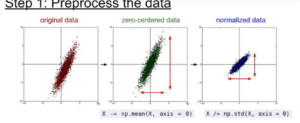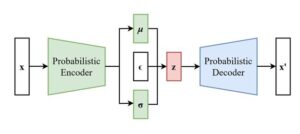A Brief History: Who Developed It?
The Adjusted Score Index (ASI) was developed as a statistical method to evaluate clustering performance: it adjusts for random chance to ensure accurate assessments. Building on the Rand Index, the ASI addresses its limitations by offering a fairer evaluation of clustering accuracy.
What Is It?
Imagine grading a group project where individual contributions might overlap or be randomly assigned. The Adjusted Score Index measures how accurately clusters represent true data structure, adjusting for chance occurrences to provide a reliable metric for clustering performance.

Why Is It Used? What Challenges Does It Address?
The ASI solves critical clustering challenges:
- Clustering Accuracy Evaluation: Quantifies how well data points are grouped according to a reference standard.
- Randomness Adjustment: Corrects for random cluster agreements, providing meaningful results.
- Algorithm Comparison: Enables clear, consistent comparisons across clustering methods.
Without the ASI, clustering evaluations risk being biased by randomness, leading to misleading insights.
How Is It Used?
The Adjusted Score Index is calculated using:
- Cluster Overlap: Measures the alignment between predicted and true clusters.
- Random Adjustment: Adjusts for the likelihood of random clustering.
Using tools like Scikit-learn, data scientists can quickly integrate ASI into their clustering workflows to assess algorithm performance effectively.
Different Types
The ASI is often compared with related metrics like:
- Adjusted Rand Index (ARI): A widely used metric for clustering validation.
- Mutual Information Score: Measures shared information between clusters.
These metrics complement ASI in evaluating clustering quality comprehensively.
Different Features
Key features of the Adjusted Score Index include:
- Range: Values span from -1 (poor clustering) to 1 (ideal clustering).
- Fairness: Corrects for random clustering bias.
- Flexibility: Suitable for datasets of all complexities and sizes.
Software and Tools
Top tools for implementing ASI include:
- Scikit-learn: A Python library offering a seamless ASI calculation feature.
- Weka: A robust machine learning platform for clustering analysis.
- R Libraries: Packages like fpc and mclust provide reliable ASI computation tools.
Industry Application Examples in Australian Governmental Agencies
- Healthcare Optimization: Grouping patient demographics to improve health service delivery.
- Traffic Analysis: Segmenting transport data to inform urban development projects.
- Educational Insights: Clustering school performance data to drive targeted policy interventions.
How interested are you in uncovering even more about this topic? Our next article dives deeper into [insert next topic], unravelling insights you won’t want to miss. Stay curious and take the next step with us!








